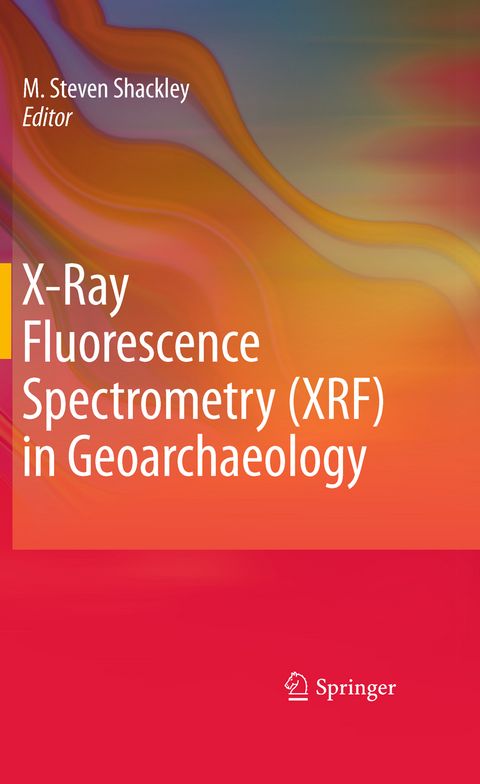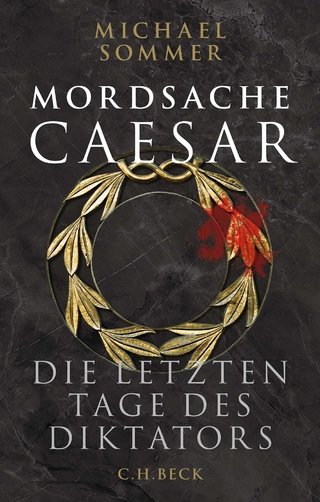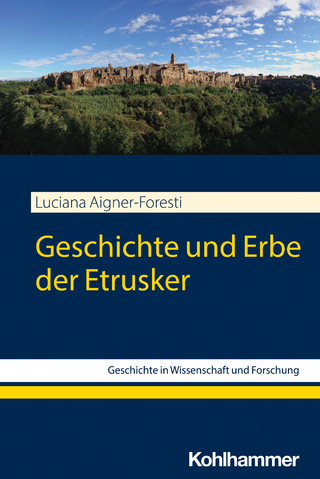
X-Ray Fluorescence Spectrometry (XRF) in Geoarchaeology
Seiten
2012
Springer-Verlag New York Inc.
978-1-4614-3620-1 (ISBN)
Springer-Verlag New York Inc.
978-1-4614-3620-1 (ISBN)
X-Ray Fluorescence Spectrometry in Geoarchaeology provides a comprehensive overview of XRF applications in archaeology and anthropology. Expert contributors provide detailed information on the newest tools and techniques used in the field.
Since the 1960s, x-ray fluorescence spectrometry (XRF), both wavelength and energy-dispersive have served as the workhorse for non-destructive and destructive analyses of archaeological materials. Recently eclipsed by other instrumentation such as LA-ICP-MS, XRF remains the mainstay of non-destructive chemical analyses in archaeology, particularly for volcanic rocks, and most particularly for obsidian. In a world where heritage and repatriation issues drive archaeological method and theory, XRF remains an important tool for understanding the human past, and will remain so for decades to come.
Currently, there is no comprehensive book in XRF applications in archaeology at a time when the applications of portable XRF and desktop XRF instrumentation are exploding particularly in anthropology and archaeology departments worldwide.
The contributors to this volume are the experts in the field, and most are at the forefront of the newest applications of XRF to archaeological problems. It covers all relevant aspects of the field for those using the newest XRF technologies to deal with very current issues in archaeology.
Since the 1960s, x-ray fluorescence spectrometry (XRF), both wavelength and energy-dispersive have served as the workhorse for non-destructive and destructive analyses of archaeological materials. Recently eclipsed by other instrumentation such as LA-ICP-MS, XRF remains the mainstay of non-destructive chemical analyses in archaeology, particularly for volcanic rocks, and most particularly for obsidian. In a world where heritage and repatriation issues drive archaeological method and theory, XRF remains an important tool for understanding the human past, and will remain so for decades to come.
Currently, there is no comprehensive book in XRF applications in archaeology at a time when the applications of portable XRF and desktop XRF instrumentation are exploding particularly in anthropology and archaeology departments worldwide.
The contributors to this volume are the experts in the field, and most are at the forefront of the newest applications of XRF to archaeological problems. It covers all relevant aspects of the field for those using the newest XRF technologies to deal with very current issues in archaeology.
M. Steven Shackley is Professor of Anthropology and Director of the Berkeley Archaeological XRF Laboratory at the University of California, Berkeley.
Introduction: Why XRF in Archaeology?- X-Ray Fluorescence Theory and Method.- Factors Affecting the Energy-Dispersive X-Ray Fluorescence (EDXRF) Analysis of Archaeological Obsidian.- Non-destructive EDXRF analyses of archaeological basalt.- Non-Destructive Applications of Wavelength XRF in Obsidian Studies.- Comparison and contrast between NAA and XRF: trace element analysis of the obsidian sources in central Mexico.- INAA versus XRF in Basalt Studies.- PXRF of archaeological artifacts: potentials and limitations.- Is There a Future for XRF in a 21st Century Archaeology?
| Zusatzinfo | 11 Illustrations, color; 21 Illustrations, black and white; XIV, 231 p. 32 illus., 11 illus. in color. |
|---|---|
| Verlagsort | New York, NY |
| Sprache | englisch |
| Maße | 155 x 235 mm |
| Themenwelt | Geisteswissenschaften ► Archäologie |
| Geschichte ► Allgemeine Geschichte ► Altertum / Antike | |
| Naturwissenschaften ► Chemie ► Analytische Chemie | |
| Naturwissenschaften ► Geowissenschaften ► Geologie | |
| Naturwissenschaften ► Geowissenschaften ► Geophysik | |
| Schlagworte | Archaeological Methods • destructive analysis of materials • energy-dispersive x-ray fluorescence • In Situ Analysis • Obsidian Studies • portable XRF instrumentation • Remote Sensing • volcanic rock examination • XRF in archaeological chemistry |
| ISBN-10 | 1-4614-3620-6 / 1461436206 |
| ISBN-13 | 978-1-4614-3620-1 / 9781461436201 |
| Zustand | Neuware |
| Informationen gemäß Produktsicherheitsverordnung (GPSR) | |
| Haben Sie eine Frage zum Produkt? |
Mehr entdecken
aus dem Bereich
aus dem Bereich


